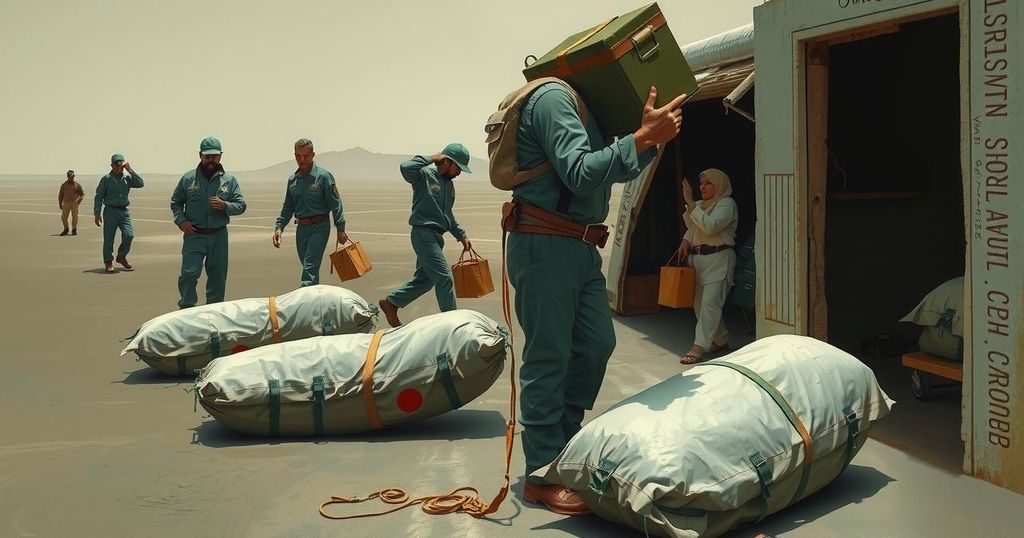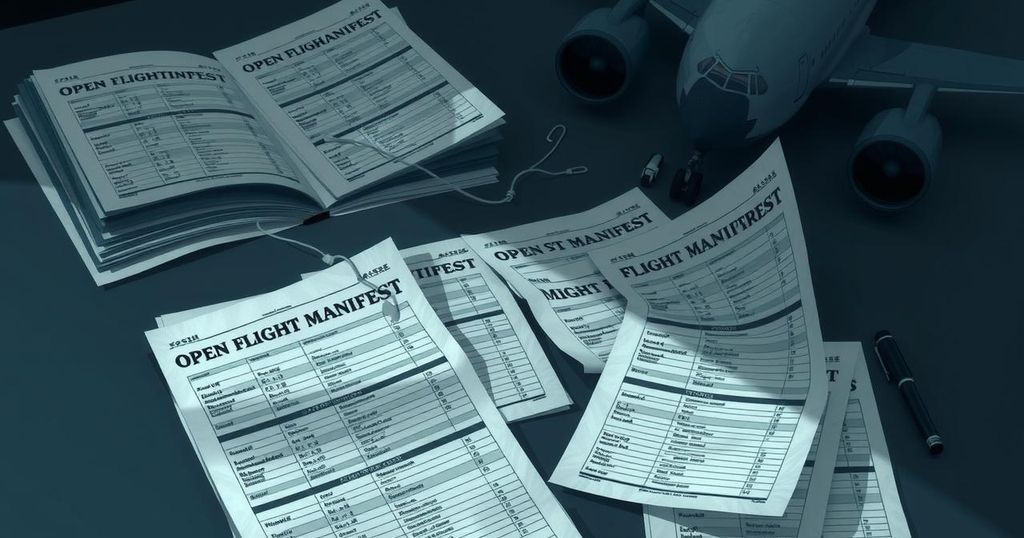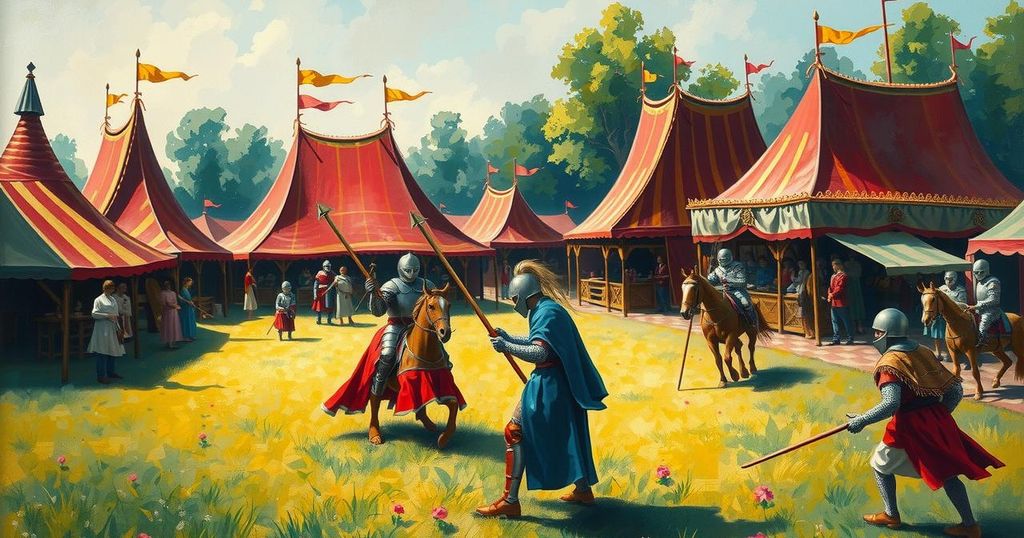Trump Misidentifies Footage of Congo as Evidence from South Africa During Meeting with Ramaphosa
President Trump’s claim of mass killings of white farmers in South Africa has been debunked, as the image he presented actually came from a Reuters video related to events in the Democratic Republic of Congo. During a contentious meeting with South African President Cyril Ramaphosa, Trump displayed this misleading evidence, raising serious concerns about misinformation in political discussions.
U.S. President Donald Trump recently caused a stir during a meeting with South African President Cyril Ramaphosa. He displayed what he claimed was evidence supporting mass killings of white farmers in South Africa, using a screenshot from a Reuters video. However, the footage was actually from the Democratic Republic of Congo, not South Africa, casting doubt on Trump’s assertions.
The Reuters video, published on February 3, depicted humanitarian workers handling body bags in Goma, following violent clashes with Rwandan-backed M23 rebels. Trump’s use of the image during their meeting included statements like, “These are all white farmers that are being buried,” which later proved to be misleading. The meeting was tense as it was broadcasted live, reflecting the fragile relations between the nations.
The image that Trump showed seemed to stem from an online post by American Thinker, which related to the racial tensions in both South Africa and Congo. The post didn’t offer a clear caption for the image but referred to it as a “YouTube screen grab,” linking to a video that credited Reuters. It is crucial to mention that the White House did not respond to requests for comment regarding this incident.
Andrea Widburg, the managing editor at American Thinker, acknowledged that Trump misidentified the image. Nevertheless, she asserted that the post highlighted increasing pressures faced by white South Africans, despite the inaccuracies regarding the provenance of the footage. Al Katanty, the Reuters journalist who filmed the original footage in Congo, expressed shock upon witnessing Trump display his work out of context to further his agenda.
This footage illustrates the serious implications of misinformation, particularly in politically charged discussions. Al Katanty articulated his concern, stating, “In view of all the world, President Trump used my image… to try to convince President Ramaphosa that in his country, white people are being killed by Black people.” Thus, he emphasized, only a select few were permitted to film that day due to high tensions in the region.
The backdrop of this meeting included longstanding concerns raised by Trump about South Africa’s land laws and treatment of its white minority, a narrative that continues to ignite debate. During the meeting, Trump attempted to present further “evidence” by displaying various articles detailing purported murders of white South Africans, insisting, “death, death, death, horrible death.”
As tensions arise from Trump’s claims, the South African government denies any systematic targeting of its white population. Ramaphosa engaged with Trump in an effort to repair diplomatic relations amid this charged rhetoric, indicative of the complexities underlying race and politics in both nations. The fallout from this incident may reignite discussions surrounding racial and political narratives both within the U.S. and South Africa.
In conclusion, the incident involving President Trump and the erroneously presented image has highlighted significant issues surrounding misinformation in political discourse. The confusing origins of the video footage used as evidence of supposed violence in South Africa underscore the urgency of accurate reporting. As such, both nations must navigate the complexities of race and politics with great caution, promoting productive dialogue rather than misleading narratives.
Original Source: www.newsbreak.com




Post Comment